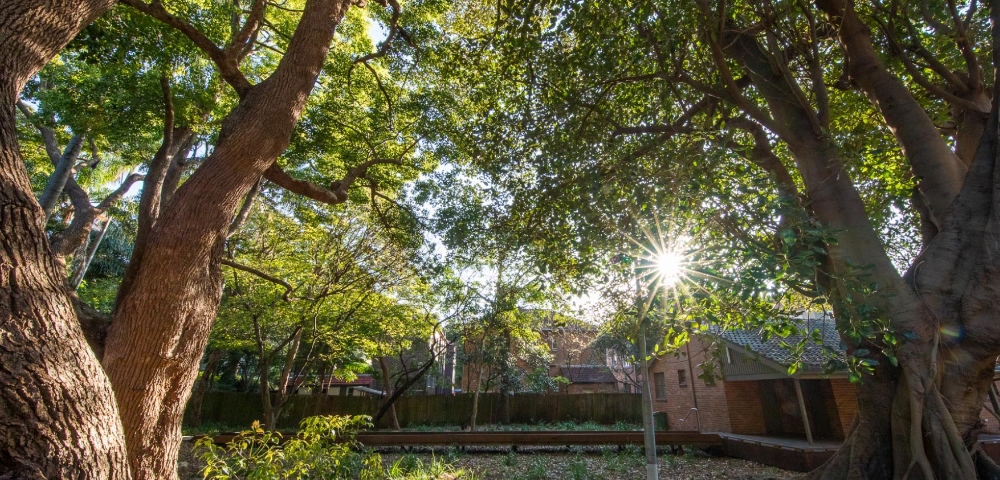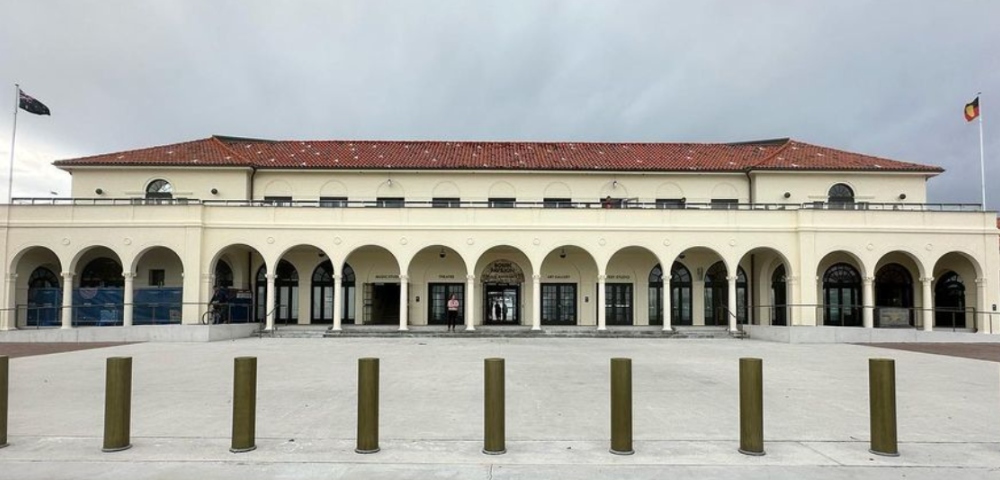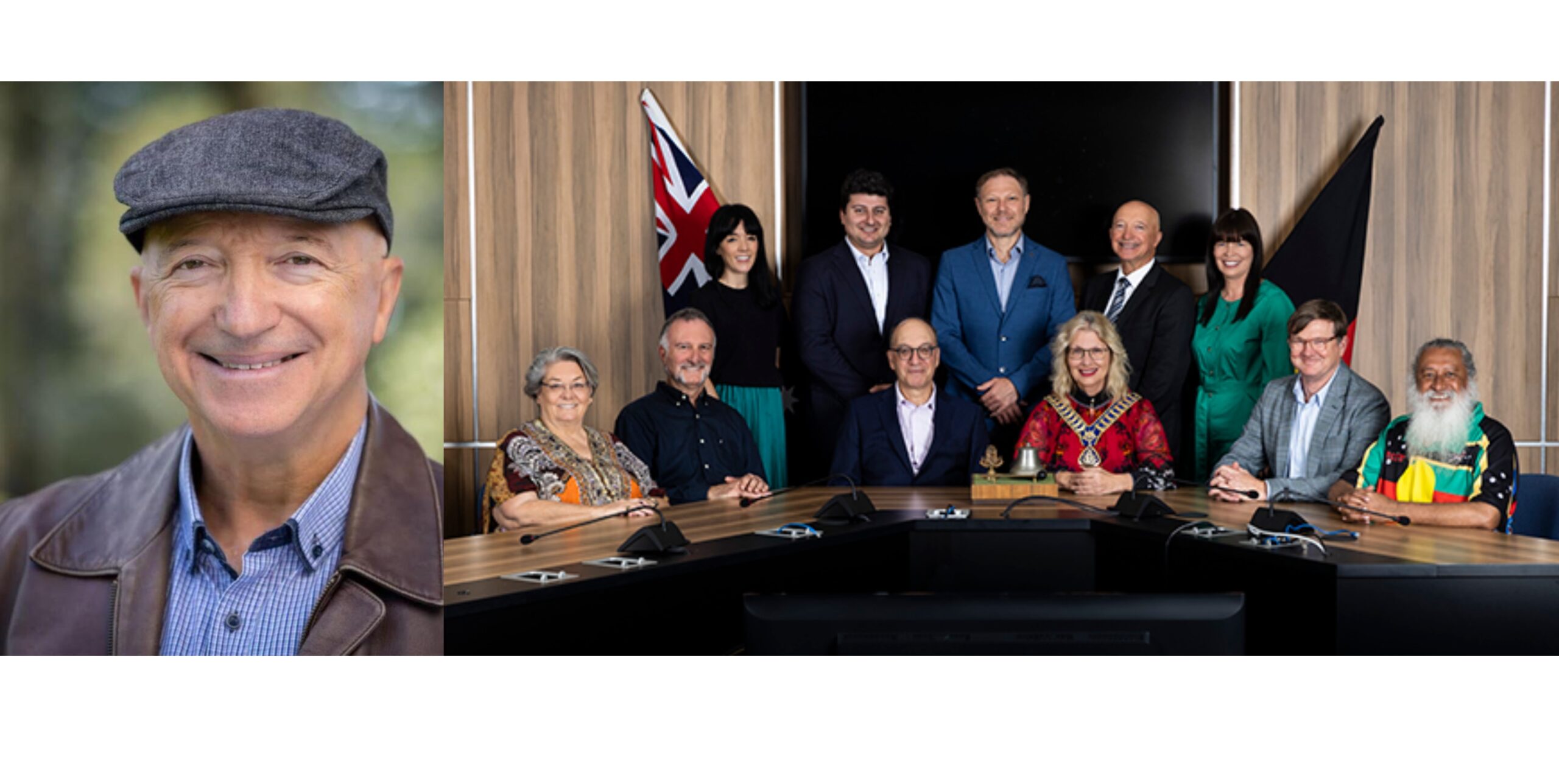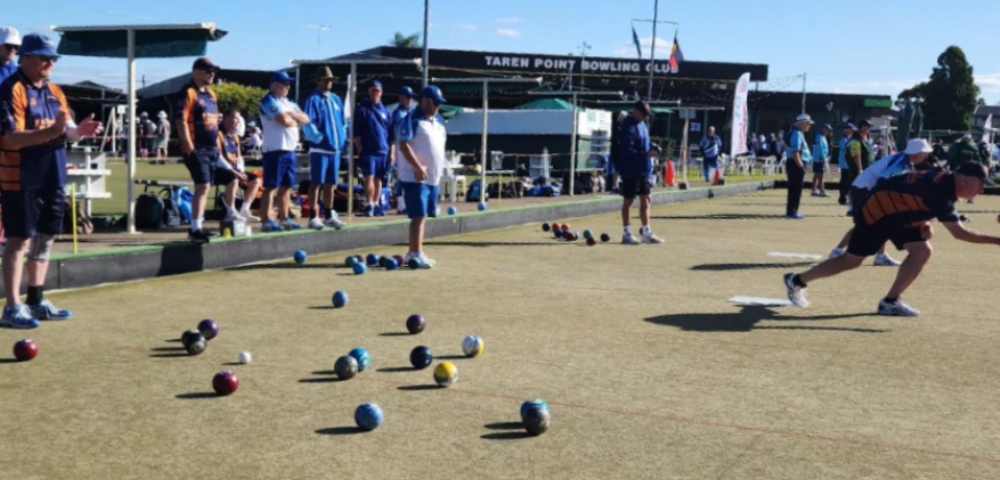
Testing times for Labor
By Laura Neill
The urgency surrounding pill-testing rang loud and clear during a clinical demonstration on Tuesday, when NSW Shadow Health Minister Walt Secord was challenged over the Labor Government’s drug policy by Tony Trimingham, whose son Damien died of a heroin overdose in 1997.
“I’m speaking for families who are worried about their kids going to festivals next weekend, and know they’re going to be taking drugs,” said Trimingham, who founded Family Drug Support after his son’s death. “Nobody wants to go through what I went through and what the families I’m speaking to went through. We have to do something.”
The confrontation took place at the Ted Noffs Foundation in Randwick in a media demonstration of pill-testing equipment and process by Dr David Caldicott, Emergency medicine specialist and Pill Testing Australia worker. Caldicott was involved in trials in South Australia in the early 2000s, and in Canberra’s Groovin’ the Moo festival in April last year.
Willing to listen to the evidence
Defending himself, Secord admitted he regretted opposing supervised injecting rooms in the 1990s, and said he is “willing to listen to the evidence”.
During the demonstration, Dr Caldicott debunked the “nonsense” myth that drug testing prompts or encourages drug use, the same myth that was linked to heroin injecting rooms.
Although the equipment was present, Caldicott said the emphasis was on the conversation.
“The first thing we say is that if you want to stay safe, you shouldn’t use any drugs,” he said. “We are not giving false reassurance. Everything we say prior to testing is a realistic warning about consuming drugs.”
The equipment itself, an Infrared Spectrophotometer, uses laser technology to identify the “fingerprint” of a drug’s chemical compounds against a database so accurate that chemists can identify the brand of powdered milk or paint used as filler or dye in ecstasy tablets.
Jess Armstrong from Dancewize NSW described what comes after the test as “peer-counseling” about the risks of the drug, including interference caused by factors such as mental health, medications and heat.
“We get people to think deeply about what they’re trying to achieve, and why it is that they think it’s a good idea. We want you to make an informed decision,” said Armstrong.
Shelley Smith from Take Control said that candidates in Canberra were “very receptive” and “the topmost priority in their mind is their health and safety. They took on board everything we said.”
According to Caldicott, NSW Premier Gladys Berejiklian’s opinion that pill-testing lacks evidence is based on “inadequate reading”.
“As far back as the early 2000s, as many as two-thirds of people who had their drugs tested did something other than take the whole pill,” said Caldicott, referring to a study by Austrian drug-testing service “Check It”.
“Once it [pill-testing] becomes more established, we would see repetitions of the figures we saw in South Australia in the early 2000s, which was 30-50%.”
The demonstration was organized by the Ted Noffs foundation in conjunction with Pill Testing Australia, Harm Reduction Australia and the Dancewize group. Ms Berejiklian was invited to the demonstration but did not attend.









